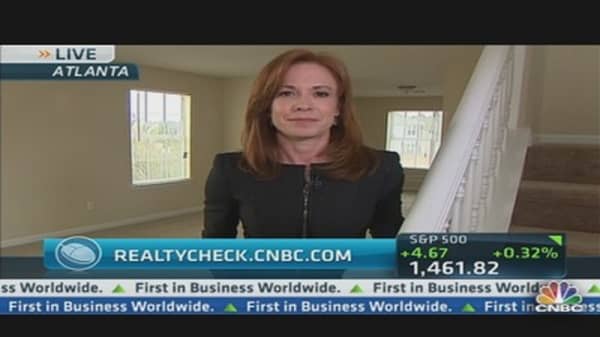The properties, purchased often at a 40 percent discount to new construction costs, provide a long-term rental stream as well as the opportunity for appreciation — which may come slowly at first but will improve along with the greater housing market. The key is in the model, and how effective the REITs will be in managing these properties, which are spread out over wide geographic areas.
The American Home is using technology to try to get as close to the multi-family apartment model as possible. While there cannot be one landlord in one location, employees are armed with AppleiPads, so they can communicate information from a wide field. From the teams inspecting potential homes to buy, to the project managers checking in on homes they are rehabilitating, to the agents showing homes to potential renters, to the handy-men answering renter complaints, all the information is transmitted back to the main office from as far away as North Carolina and Florida. Soon they will have a web portal up and running where renters can log on to make monthly payments and request service.
As investors try to consolidate this new asset class and take advantage of so many bargain-priced foreclosures, the overall housing market is slowly getting back on its feet again. That begs the question: Will all this new renter demand fall off? (Read More: New Foreclosure Wave Is Coming)
"I'm getting calls from 7:30 in the morning to 11:30 at night," said Neysa Brown, a rental agent who joined The American Home just three months ago. "There is definitely demand for rentals."






